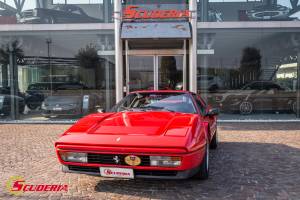Ferrari 208 classic cars for sale
The Ferrari 208 represents a rare and fascinating chapter in the manufacturer’s history, built specifically to comply with tax regulations in Italy. Produced in limited numbers between 1975 and 1986, these models combine a compact V8 engine with unmistakable Ferrari styling and offer an engaging driving experience tailored to enthusiasts. Discover more about the unique features, technical data, and collectibility of the Ferrari 208 below.
Search results
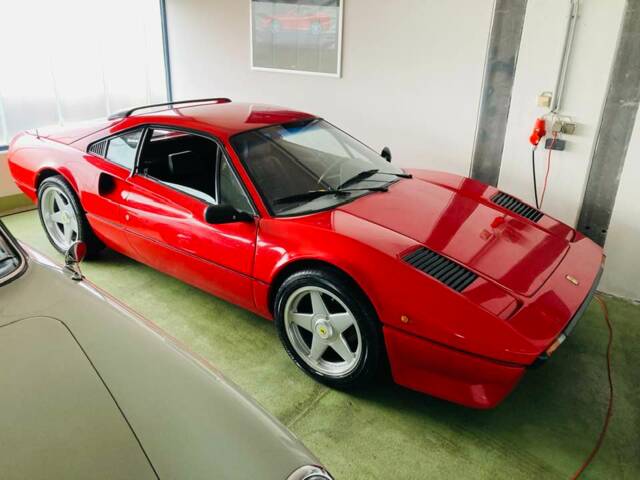
1980 | Ferrari 208 GTB
**17 Zoll Felgen**Driven Condition**

1989 | Ferrari 208 GTS Turbo
Ferrari 208 GTS turbo ABS
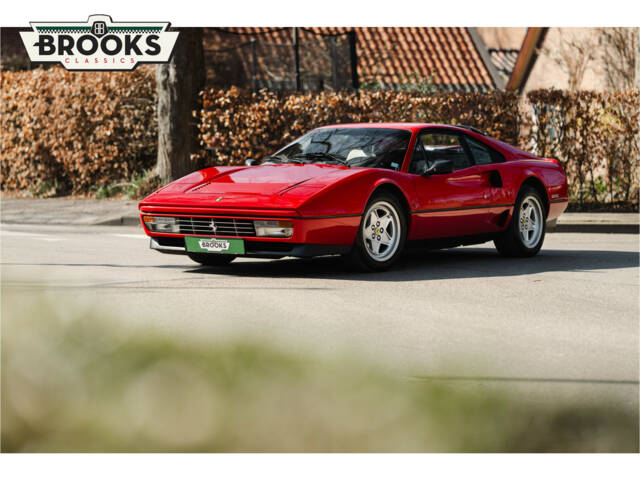
1987 | Ferrari 208 GTB Turbo
Ferrari 208 Turbo GTB
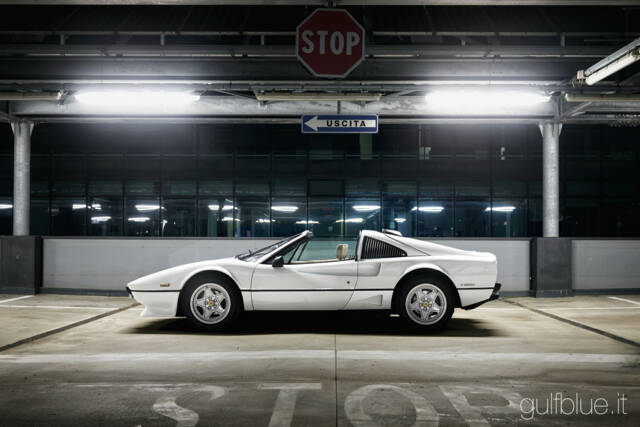
1985 | Ferrari 208 GTS Turbo
One of 250 examples produced, rare colour combination, preserved and serviced by Ferrari workshop, ASI registered
Ferrari 208 listing references from Classic Trader
Below you will find listings related to your search that are no longer available on Classic Trader. Use this information to gain insight into availability, value trends, and current pricing for a "Ferrari 208" to make a more informed purchasing decision.
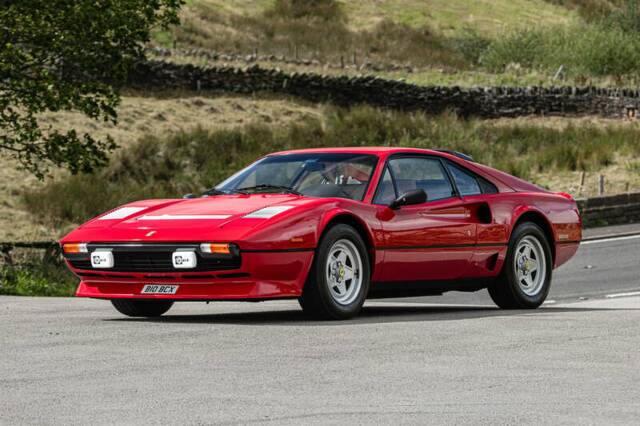
1985 | Ferrari 208 GTB Turbo
1985 Ferrari 208 GTB Turbo
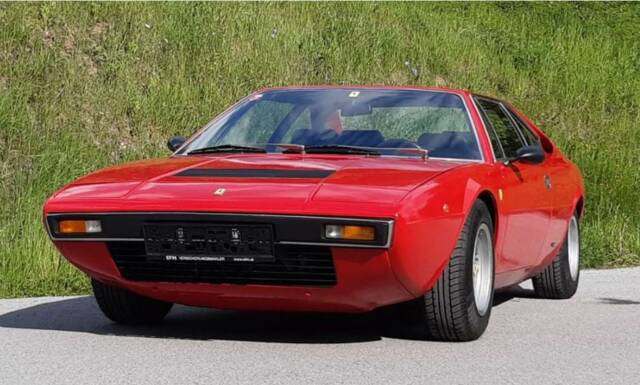
1976 | Ferrari 208 GT4
der Unbeliebte

1984 | Ferrari 208 GTS Turbo
FERRARI 208 GTS Turbo 220 CV
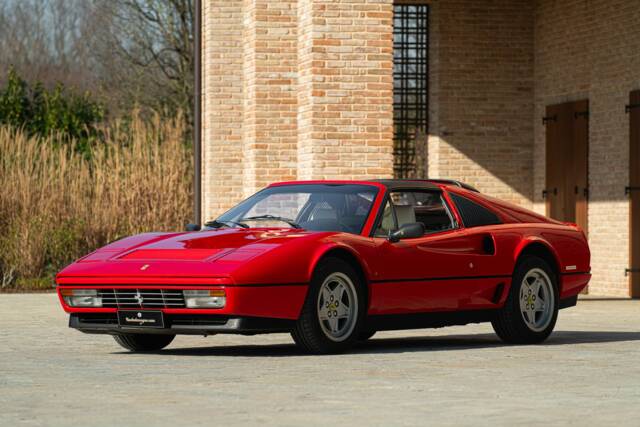
1986 | Ferrari 208 GTS Turbo

1984 | Ferrari 208 GTB Turbo
FERRARI 208 turbo GTB 1983 MANUALE PRENOTATA

1983 | Ferrari 208 GTS Turbo

1983 | Ferrari 208 GTS Turbo

1984 | Ferrari 208 GTS Turbo
Ferrari - 208 GTS Turbo - 1984

1976 | Ferrari 208 GT4
Made to be driven
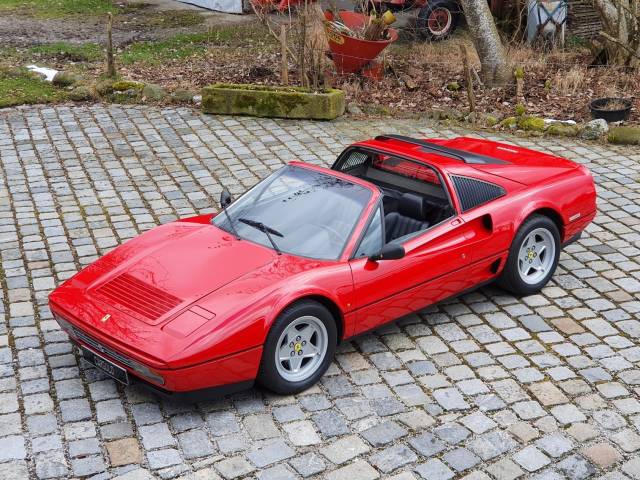
1988 | Ferrari 208 GTS Turbo
Classiche Zertifikat
History of the Ferrari 208
The Ferrari 208 was introduced in 1975 as a direct response to Italian taxation laws penalising cars with engine capacities above two litres. By equipping the 208 with a sub-2.0-litre V8, Ferrari made its mid-engined sports cars accessible to domestic buyers without excessive tax burdens. Its debut at the Geneva Motor Show marked the launch of the smallest V8 ever used in a Ferrari road car. Bertone designed the original 208 GT4 as a 2+2, but later models, such as the 208 GTB and 208 GTS styled by Pininfarina, introduced a more focused two-seat experience. The introduction of turbocharging in the 208 GTB/GTS Turbo reflected Ferrari’s ongoing technical innovation and connection to the turbo era in Formula 1. Production of the 208 line spanned until 1986, by which time its successor, the Ferrari 328, had arrived.
Model History of the Ferrari 208
The model history of the Ferrari 208 starts with the 208 GT4 (1975–1980), a 2+2 coupé developed as a sibling to the Dino 308 GT4. Only 840 units of the 208 GT4 were built, reflecting its exclusivity. In 1980, Ferrari transitioned to building the 208 GTB and 208 GTS, focused on the Italian market and based on the 308’s mechanicals. These non-turbo models were produced in very limited numbers (160 GTB and 140 GTS), making them among the rarest of Ferrari’s road cars. Responding to performance demands, Ferrari launched the 208 GTB Turbo at the 1982 Turin Motor Show, later adding the 208 GTS Turbo. The Turbo variants, equipped with KKK turbochargers and Bosch K-Jetronic injection, raised outputs and performance substantially. Production was limited, with only around 430 Turbo berlinettas and 250 Turbo spiders made, further contributing to the model’s rarity. In 1986, the introduction of the 328 marked the end of the 208 series.
Highlights of the Ferrari 208
- Built primarily to meet Italian market tax regulations with a sub-2.0-litre V8 (1991cc)
- Models include 208 GT4 (Bertone 2+2), 208 GTB/GTS (Pininfarina 2-seat), and Turbo variants
- Turbo models are among the first road-going Ferraris to utilise turbocharging (inspired by F1 technology)
- The smallest displacement V8 ever in a Ferrari road car
- Notable for rare factory options like special colours (‘Metallic Iron Gray’, ‘Modena Yellow’), magnesium wheels, and original Ferrari travel cases
- Many vehicles retain full documentation, original toolkits, and matching numbers
- Factory technical features include a 5-speed gearbox, double wishbone suspension, Bosch K-Jetronic fuel injection on Turbo models, and 14-inch alloy wheels.
Technical Data
Special Editions and Collectible Models
Certain factory colours and original accessories stand out among special editions, such as rare paint finishes like ‘Metallic Iron Gray’ and travel cases bearing Ferrari branding. The early Dino-badged 208 GT4s, and the introduction of turbo technology in the 208 GTB/GTS Turbo, mark them as unique within the classic Ferrari world. The 208 GTS Turbo and the handful of GTB Turbo cars (only 308 produced) with their improved IHI turbochargers in later years are considered especially distinctive due to innovation and limited numbers.
Engine and Performance, Transmission and Handling
The 208 series delivers a unique Ferrari driving experience characterised by mid-engine balance, agile steering, and compact V8 power. The original carburetted 208s were considered modest in output, particularly for Ferrari, yet their low weight and responsive controls provided engaging handling and a surprisingly lively ride for their class. Turbo models rectified any lack of pace, achieving acceleration and top speeds comparable to the later 3.2-litre 328. The Turbo’s Bosch K-Jetronic fuel injection ensures reliable power delivery, while the five-speed gearbox and rack-and-pinion steering add precision. Many cars came with manual windows, optional air conditioning, and period-correct radios — but some original buyers even opted out of a radio for weight savings. Michelin TRX tyres were often fitted as standard, enhancing grip and stability. - 208 GT4: 170 hp (126 kW), 137 mph top speed, only 840 produced
- 208 GTB: 155 hp (114 kW), 215 km/h top speed, 160 units
- 208 GTS: 155 hp, 140 units
- 208 GTB Turbo: 220 hp (162 kW), 242 km/h, 430 units
- 208 GTS Turbo: 220 hp, 250 units
Interior, Comfort, Exterior and Design
The design evolution distinguishes the 208 series: Bertone’s 208 GT4 features sharp, angular lines and a rare Ferrari 2+2 layout, while Pininfarina’s GTB/GTS offers the classic two-seat Berlinetta and Targa styles. Interior combinations range from partial leather with Alcantara to full leather, with factory options including rare magnesium ‘Dino’ wheels and colour-matched carpets. The dashboard houses iconic dials and a period-correct 3-spoke steering wheel. Manual window winders, climate control, radio delete options, and original luggage add further character. Many surviving cars are praised for their originality, including unrestored bodywork or preserved restoration, and optional air conditioning or even factory-fitted Ferrari luggage sets.
Other distinctive features
Many Ferrari 208s offered today include complete documentation: matching numbers, original service booklets, classic tool sets, and full ownership history. Typically registered as historic vehicles (e.g., ASI in Italy, H-plate in Germany), these cars can legally participate in classic car events across Europe. Suitable for export, cars often come with all the certifications needed for international shipping.
Summary
The Ferrari 208 range is an engineering response to domestic Italian market challenges, resulting in some of the rarest and most distinctive classic Ferraris available. Their limited production, technical ingenuity, and period-specific options make them stand out both in the market and in automotive history. As a result, the Ferrari 208 is a compelling classic for any enthusiast seeking offbeat collectibility, technical curiosity, and driving pleasure in a compact, beautifully engineered sports car.

